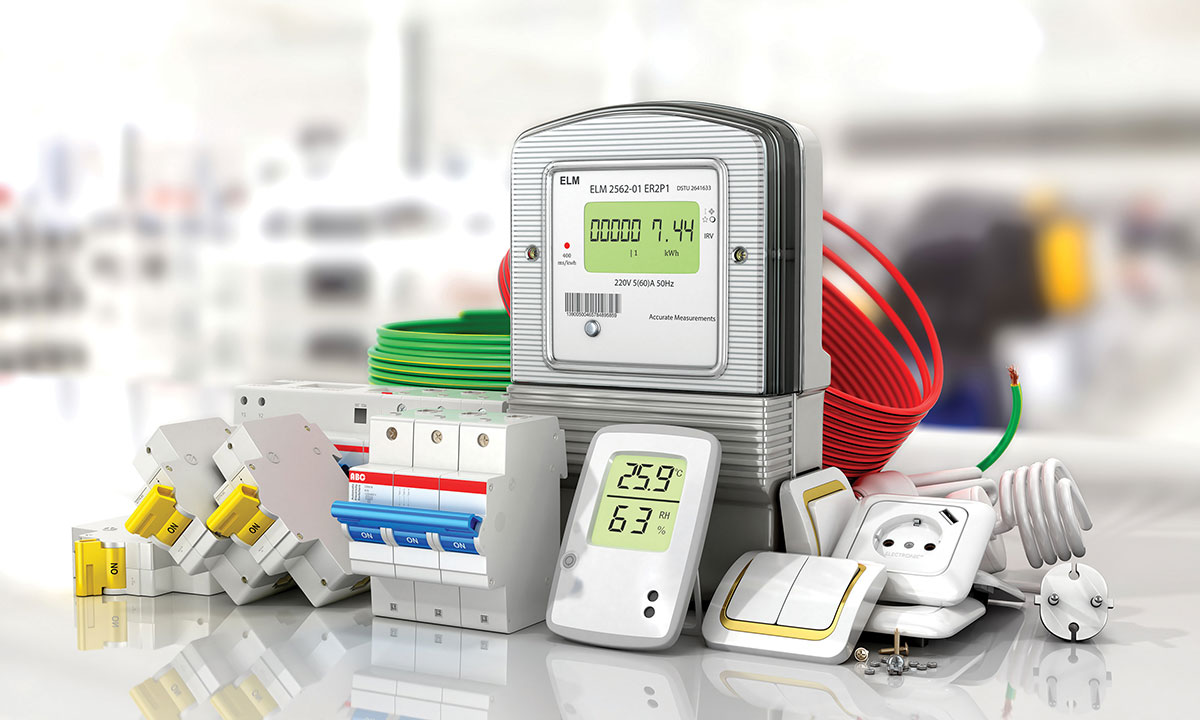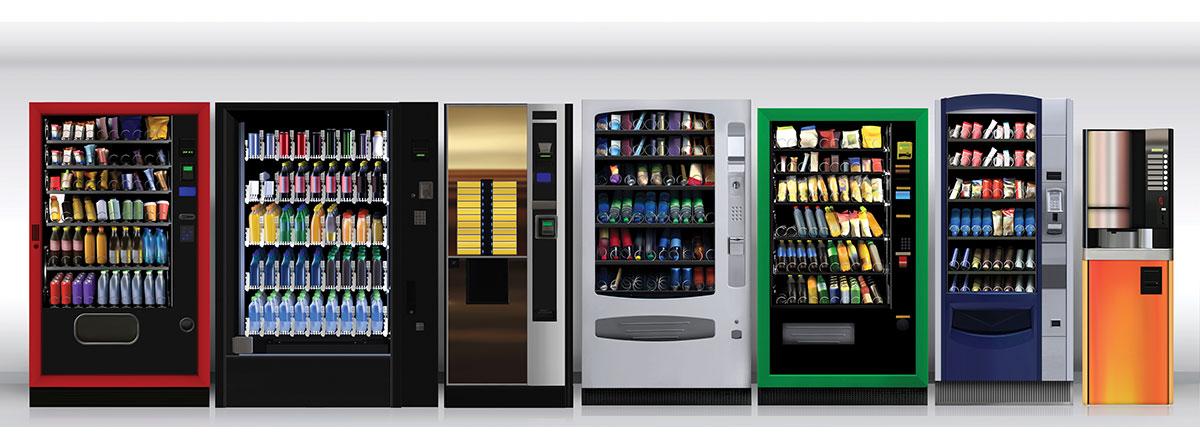The Questions
To play this game, you need a sharp eye, a quick mind and a 2014 National Electrical Code book.
(Fill-in-the-blank questions are looking for the exact word(s) used in the NEC.)
1) Where a panelboard is supplied through a transformer, the overcurrent protection required by 408.36 shall be located on the ____________ of the transformer.
A) primary side
B) secondary side
C) lower enclosure portion
D) supply side
2) Where overcurrent protection is provided as part of the industrial control panel, the ________ shall be considered as either feeders or taps as covered by 240.21.
A) Control circuits
B) Bonding conductors
C) Interior wiring
D) Supply conductors
3) Where corrosion protection is necessary and the conduit is threaded in the field, the threads shall be coated with a(n) _______ electrically conductive, corrosion-resistant compound.
A) Approved
B) Identified
C) Listed
D) Marked
4) Where a feeder overcurrent device is not readily accessible, branch-circuit overcurrent devices shall be installed on the load side, shall be mounted in a readily accessible location, and shall be of a _______ than the feeder overcurrent device.
A) Higher voltage rating
B) Lower voltage rating
C) Higher ampere rating
D) Lower ampere rating
5) Flexible cord used in extension cords made with separately listed and installed components shall be permitted to be supplied by a branch circuit in accordance with the following: 20-ampere circuits — ______ and larger
A) 8 AWG
B) 12 AWG
C) 16 AWG
D) 24 AWG
6) Instruments, pilot lights, voltage (potential) transformers, and other switchboard or switchgear devices with potential coils shall be supplied by a circuit that is protected by standard overcurrent devices rated _______ or less.
A) 15 amperes
B) 20 amperes
C) 100 amperes
D) 800 amperes
7) Equipment for feeder circuits (including transfer switches, transformers, and panelboards) shall be located either in spaces fully protected by approved automatic fire suppression systems (including sprinklers, carbon dioxide systems) or in spaces with a ______ fire resistance rating.
A) 15 minute
B) 1-hour
C) 2-hour
D) 4-hour
8) When does the NEC allow a 3 AWG copper wire to be protected by a 600 ampere breaker? When it is a:
A) Motor circuit conductor
B) Transformer primary conductor
C) Nickel-coated copper conductor
D) Hospital branch circuit conductor
9) The measured supply voltage at the service equipment in my facility is 610 volts, but the nominal system voltage is 600 volts. Does the NEC allow me to use conductors rated 600 volts?
A) Yes
B) No
10) Does the NEC prohibit me from installing my service equipment in the center of my warehouse?
A) Yes
B) No
Bonus question:
[WpProQuiz 1]
The Answers
1) B, secondary side. 408.36(B) requires that the panelboard protection be located on the secondary side of the transformer, unless primary protection is provided in accordance with the limitations in 240.21(C)(1). The exception allows primary protection only for 2-wire, single-phase and 3-wire, delta-delta connected transformers in certain cases.
2) D, supply conductors. 409.21(B)(2) permits a single main overcurrent protective device located within the industrial control panel to satisfy the requirement for overcurrent protection in 409.21(A). For sizing the conductors feeding that overcurrent protective device, the provisions in 240.21 must be used.
3) A, approved. 300.6(A) requires corrosion protection inside and out for ferrous metal equipment, and specifically requires the use of an appropriate compound on field-cut threads. In the 2014 NEC, a new Informational Note was added indicating that “field-cut threads” are those made anywhere other than at the factory where the product was listed.
4) D, lower ampere rating. 225.40 requires that readily accessible branch-circuit overcurrent devices be installed on the load side where the feeder overcurrent device has restricted access. This language works with the language found in 225.35 and 230.92, which allow restricted access to the supply disconnecting means in multiple-occupancy buildings under continuous building management supervision.
5) C, 16 AWG. Note that the language in 240.5(B)(4) requires each component of the field assembled extension cord to be listed.
6) A, 15 amperes. 408.52 requires that the overcurrent devices protecting these types of devices be limited to 15 amperes, unless interruption of the circuit could create a hazard. In that case, higher rated overcurrent devices are allowed, and short-circuit protection is required. Special types of enclosed fuses are also permitted for ratings of 2 amperes or less.
7) C, 2-hour. 700.10(D)(2) requires that in assembly occupancies for not less than 1000 persons or in buildings above 75 ft. in height, emergency system feeder equipment must be protected by an automatic fire suppression system or by being located in a space with a 2-hour fire resistance rating.
8) A, motor circuit conductor. 430.52(C) and Table 430.52 allow the maximum rating or setting of motor branch-circuit short-circuit and ground-fault protective devices to be much higher than in most normal circuits. This is to allow for the high inrush current (also known as locked rotor current or starting current) experienced when starting a motor. Assume we have a 60 hp, 460 volt, 3 phase motor with a full-load current (FLC) of 77 amperes; 430.22 would require a conductor with an ampacity of 125% the FLC, or 96.25 amperes. A 3 AWG copper conductor has an ampacity of 100 amps in the 75C column of Table 310.15(B)(16). In Table 430.52, an instantaneous trip breaker can be up to 800% of the FLC of the motor; 800% of 77 amperes would be 616 amperes. Although 430.52(C)(1) Exception No. 1 allows us to round up to the next standard ampere rating overcurrent device, which would be 700 amperes, it is likely that a 600 ampere device would be sufficient.
9) A, yes. 110.4 states that the voltage rating of electrical equipment shall not be less than the nominal voltage of a circuit to which it is connected. Actual voltages measured at any point in a system can vary depending on the supply voltage from the utility and the load on the system at any point in time. 300.2(A) states that the wiring methods in Chapter 3 shall be used for 1000 volts, nominal, or less where not specifically limited in some section of Chapter 3.
10) B, no. 230.70(A)(1) requires that the service disconnecting means be readily accessible and located either outside the building or inside nearest the point of entrance of the service conductors; however, we can use 230.6 to keep our conductors “considered outside the building” until they enter the equipment room located in the middle of the warehouse. For example, we could use 230.6(4) and install the service conductors in a conduit 18” under the building until they turn up into the equipment room.











Find Us on Socials